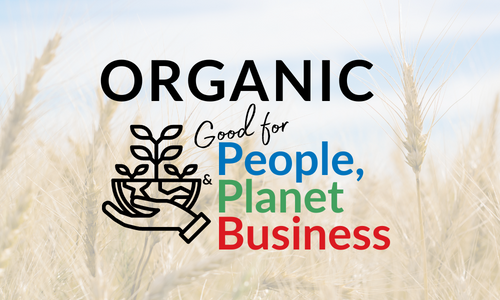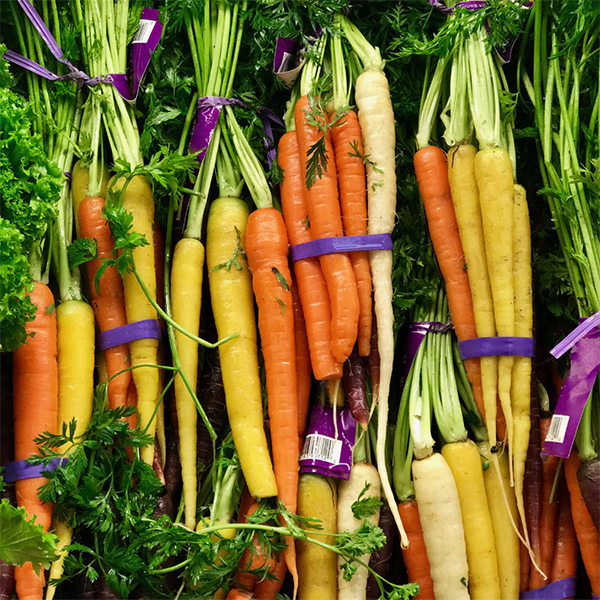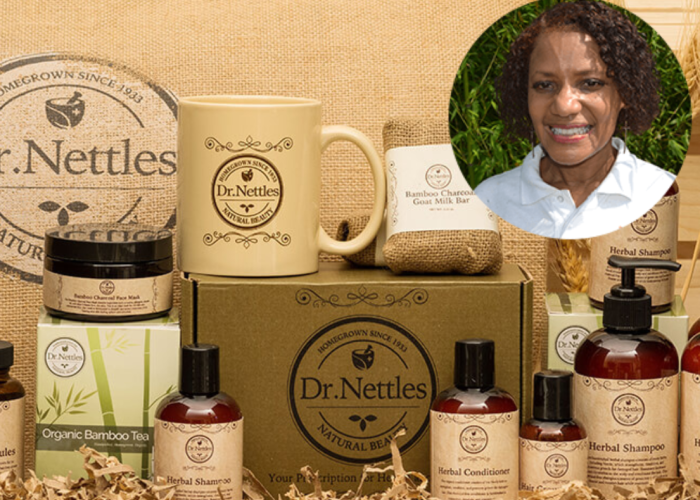Shoppers have come to trust and understand that organic products are 3rd party certified to strict standards and regulated and enforced by the federal government. However, organic claims made on non-food products such as processed fiber and textiles, personal care products and dietary supplements fall outside of USDA National Organic Program’s (NOP) scope of enforcement. These types of products may be certified to the NOP, but are not required to by law. As a result, non-food products are currently unregulated and organic claims go unenforced, unless they use the USDA organic seal or otherwise imply or lead the consumer to believe that the final product is certified under the USDA organic regulations.
Retailers play a critical role in monitoring d reporting misleading and fraudulent organic claims on non-food products and are instrumental in educating staff and shoppers on which products have 3rd party organic certification and are accurately and truthfully labeled.
To promote and optimize compliant and truthful labeling and encourage leadership by companies committed to consumer trust, the following purchasing and labeling guidelines are recommended:
- First and foremost, look for USDA organic certified products. Even though non-food products are outside of NOP’s scope of enforcement, companies making these products may opt into certification if they can meet the organic food standard. Make sure and look for the certifier statement on the information panel of the product to verify organic certification status. If you do not find a certifier statement, then there is likely a problem.
- If a product is not USDA certified organic, look for products that are certified to a transparent private standard by a 3rd party reputable certifying agency.
- For textiles, look for products that are certified to the Global Organic Textile Standards (GOTS).
- For personal care products, look for products certified to the NSF/ANSI 305 standard, or to the COSMO-standard.
- If the product is not certified, the product should not be labeled as “Organic.” The claim should be limited to the organic content (ingredients) of the product and communicated using the ingredient statement only.
- Listing out the organic ingredients in the ingredient statement is perfectly acceptable as long as they are certified organic.
- For textiles, look for products that are certified to the Textile Exchange Organic Content Standard (OCS).
- Organic content (ingredient) claims may only apply to USDA certified organic ingredients.
- Finally, for additional support, look to the Environmental Working Group (EWG) to help inform your choices. EWG provides several consumer guides and databases that can be used to see if certain ingredients and products are safe for people and the planet.










